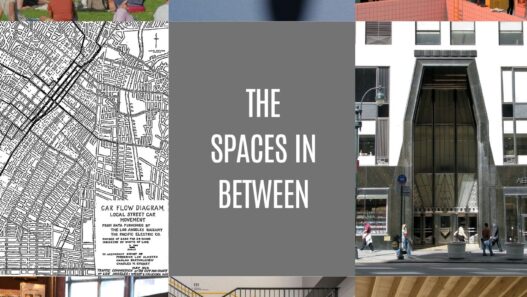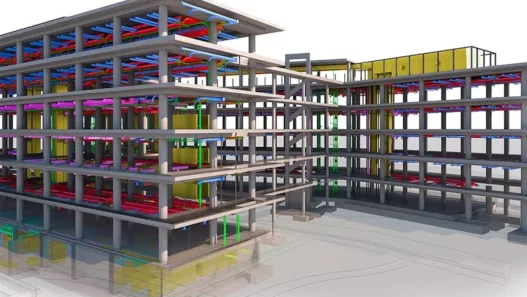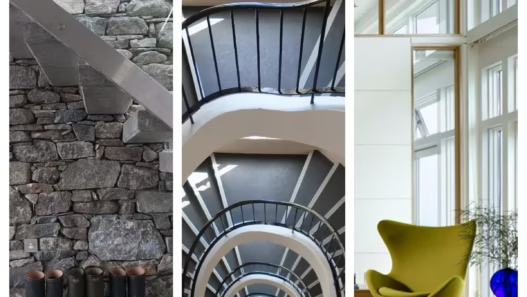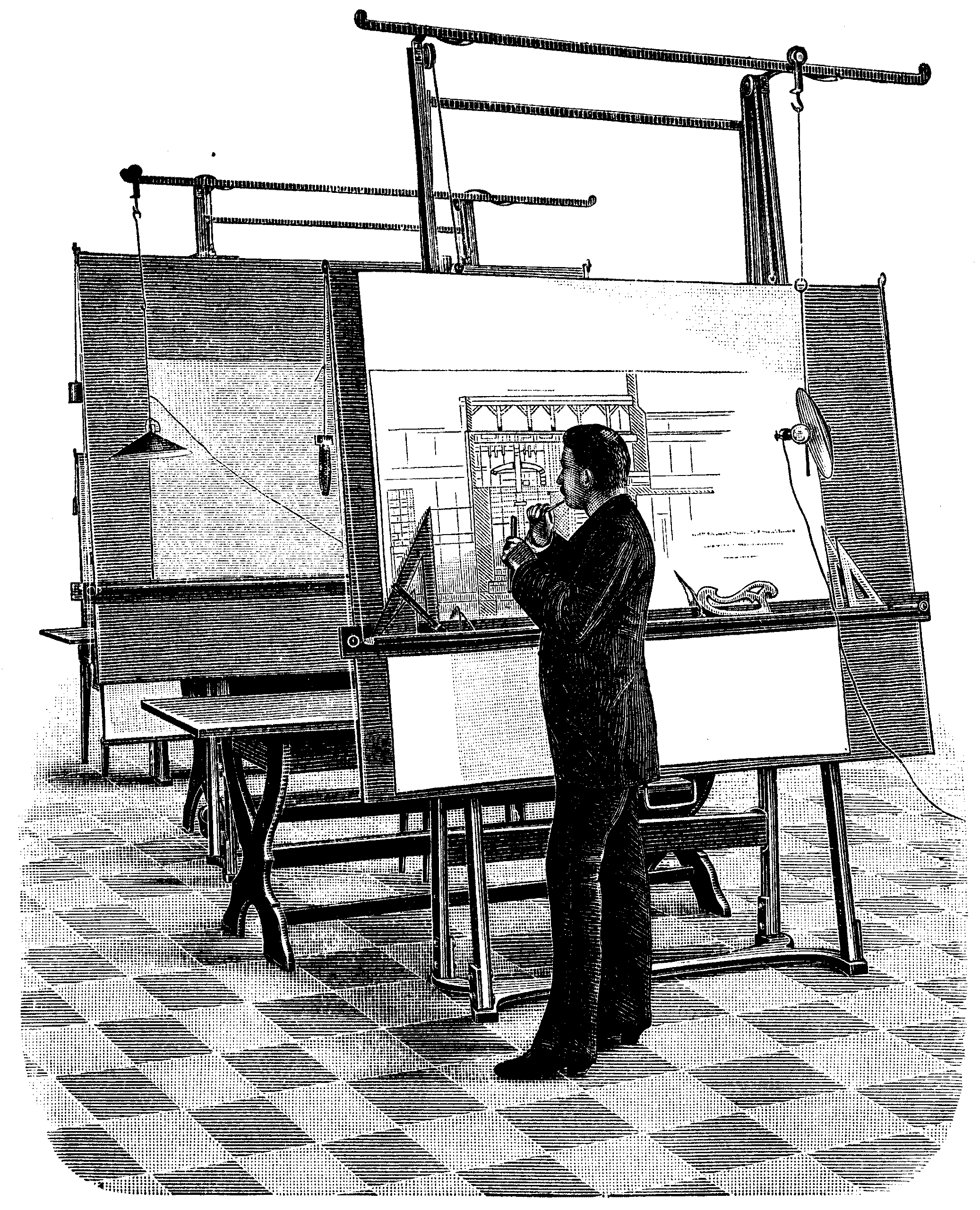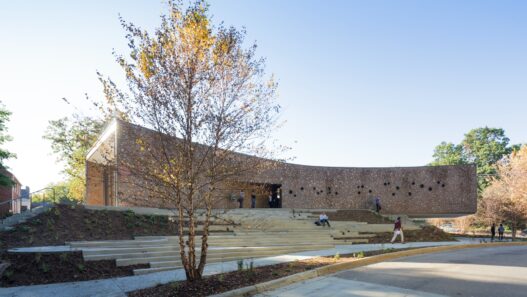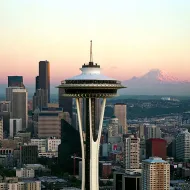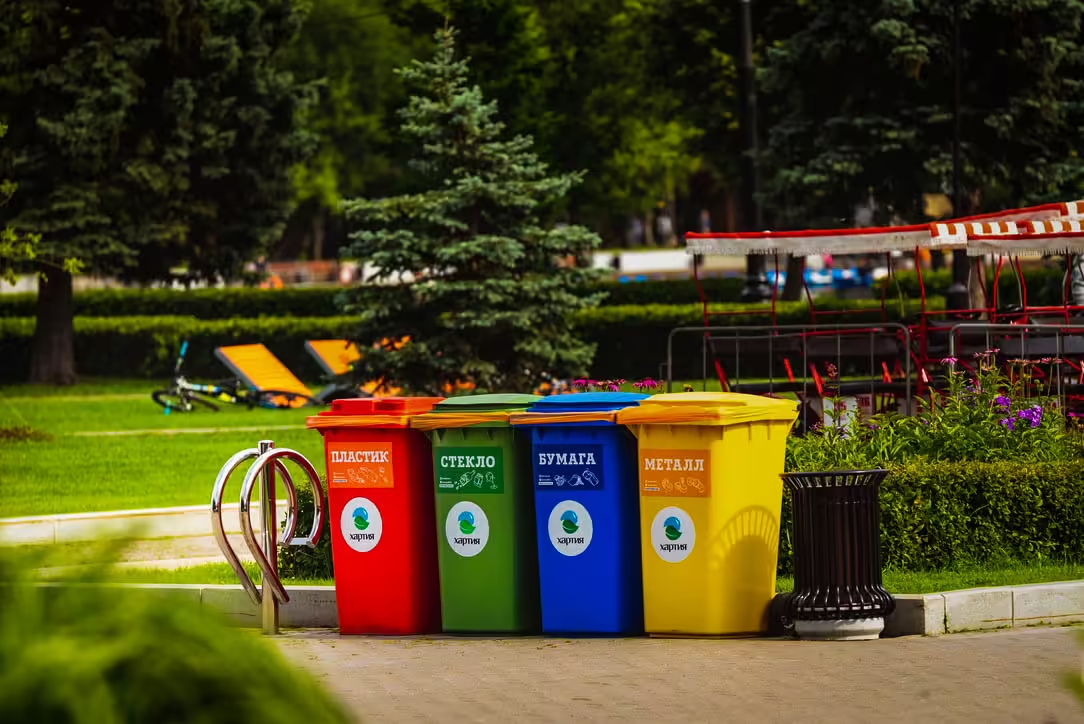Urban living is a dynamic and ever-evolving concept encompassing the experiences, challenges, and opportunities of living in densely populated areas. As cities grow and transform, urban life reflects the complexities of modern society, including technological advances, cultural diversity, and environmental concerns. The way we design and interact in our urban spaces can significantly impact our quality of life, shaping not only our physical environments but also our social connections and community dynamics.
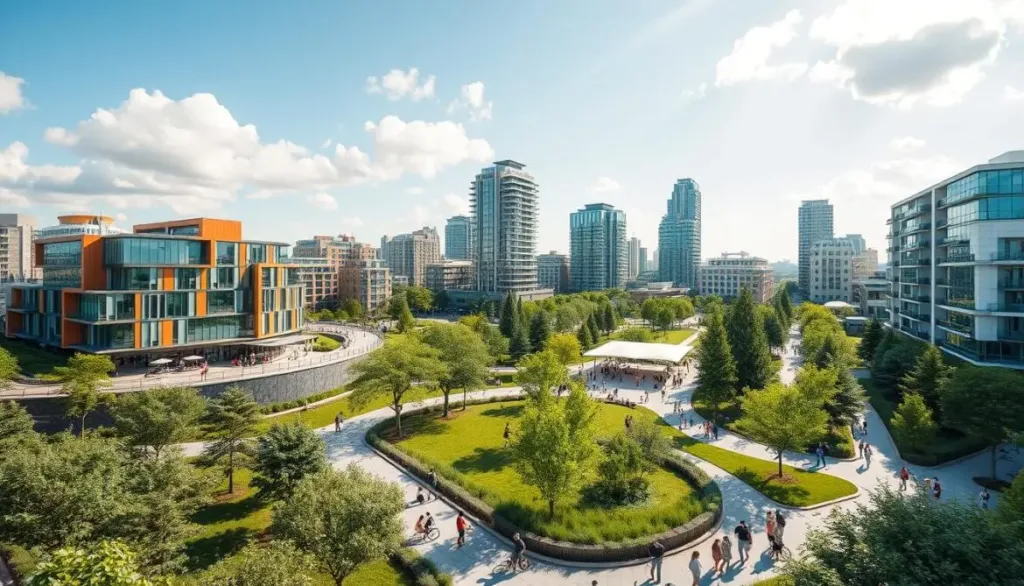
Overview of Urban Life Concepts
Urban living goes beyond residing in a city; it encompasses a lifestyle characterized by vibrant interactions, accessibility, and a sense of belonging. Key concepts of urban living include mixed-use developments that blend residential, commercial, and recreational spaces and foster a sense of community among diverse groups. Additionally, the idea of walkable neighborhoods emphasizes pedestrian-friendly designs that encourage social interaction and reduce reliance on cars. These concepts aim to create environments where residents can thrive, access essential services, and interact with one another in meaningful ways.
Historical Context
The evolution of urban life can be traced through several historical stages. In ancient civilizations, cities were often designed around central marketplaces and communal spaces, encouraging social harmony. However, with the advent of the Industrial Revolution, many cities faced rapid urbanization, leading to overcrowding and often unsanitary conditions. This period marked a shift toward more utilitarian designs that prioritized functionality over community participation. In the late 20th century, there was a resurgence of interest in human-centered design, as urban planners began to recognize the importance of creating spaces that foster community and well-being.
The Importance of Community in Urban Design
Community is at the heart of urban life. A well-designed urban environment can strengthen social bonds, promote inclusivity, and improve mental health. When urban spaces like parks, plazas, and common areas encourage interaction, residents are more likely to connect, share experiences, and support one another. Additionally, community involvement in the design process ensures that spaces reflect the unique needs and desires of their residents, leading to a greater sense of ownership and pride. This collaborative approach not only enriches design, it also increases the resilience of communities, enabling them to collectively adapt to challenges.
Challenges Facing Modern Urban Areas
Despite the potential of urban living, modern cities face numerous challenges. Rapid population growth often leads to traffic congestion, inadequate infrastructure, and strained public services. Additionally, socioeconomic inequalities can further fragment communities by creating unequal access to resources. Environmental issues such as pollution and climate change pose significant threats to urban areas and require sustainable design solutions. In addition, the rise of digital technology and remote working has transformed the way we interact with our urban spaces, creating both opportunities and challenges for urban planners and designers.
Goals of Progressive Architecture
Progressive architecture seeks to address these challenges by promoting innovative design solutions that prioritize sustainability, inclusivity, and community well-being. Goals for this approach include creating adaptable spaces that respond to the changing needs of residents, integrating green technologies to minimize environmental impact, and promoting social equity through inclusive design. By embracing a holistic view of urban life, progressive architecture aims to redefine how we experience our cities and ensure that urban environments are not just places to live, but thriving communities where individuals can connect, grow, and thrive.
In summary, the landscape of urban life is constantly being reshaped by the interplay of design, society and societal needs. As we look to the future, ideas and practices emerging from leading institutions promise to redefine our urban experiences, making them more inclusive, sustainable and enriching for all.
#RedefiningCommunityAndUrbanLiving:ProgressiveIdeasFromLeadingInstitutions
In the ever-evolving urban environment, architecture plays a crucial role in shaping the way communities interact, develop, and envision their future. Leading institutions around the world are pushing the boundaries of design to create spaces that not only serve functional needs but also strengthen community ties and promote sustainability. This research examines the background, design philosophy, key features, impacts, and significant impact of a leading architectural masterpiece on the surrounding community.
Architectural Masterpiece
Background of the Project
The architectural masterpiece in focus is the High Line in New York, a project that transformed a former elevated railway into a vibrant public park. Originally built in the 1930s to transport goods, the railway fell into disuse in the 1980s. However, a grassroots effort recognized its potential as a green space in an increasingly urbanized area. This effort led to the redesign and reuse of the High Line, which opened in 2009. It demonstrates how forgotten urban spaces can be reimagined by blending history with modern urban needs.
Design Philosophy and Vision
The vision behind the High Line was based on the idea of creating an oasis within the crowded city. The design philosophy emphasized sustainability, accessibility, and community engagement. Architects James Corner Field Operations, along with Diller Scofidio + Renfro, sought to preserve the railroad’s industrial heritage while integrating natural elements. This approach reflects a broader trend in architecture where the environment is not just a backdrop but an integral part of the design, encouraging a harmonious relationship between nature and urban life.
Basic Features of the Structure
The High Line is characterized by unique features that appeal to both nature and the public. Winding paths are lined with a variety of native plants, creating a lush, seasonal environment. The structure includes seating, art installations, and performance spaces, inviting visitors to linger and interact with the space. The elevated design offers stunning views of the city and the Hudson River, making it an attractive destination for both locals and tourists. These elements work together to create a multifunctional urban space that enhances the quality of life.
Architectural Influences
The High Line’s architectural influences are diverse, drawing inspiration from landscape architecture, urban planning, and even industrial design. The use of materials such as weathered steel and reclaimed wood pays homage to the original railroad tracks while promoting sustainable practices. The design also reflects New Urbanism principles that advocate for walkable neighborhoods and the integration of green spaces into urban areas. This mix of influences not only honors the past, but also sets a precedent for future urban developments.
Impact on Surrounding Society
The High Line’s impact on the surrounding community has been profound. Beyond providing a recreational space, it has catalyzed economic growth and revitalized neighborhoods. Local businesses have thrived and property values have increased due to increased foot traffic. More importantly, the High Line has fostered a sense of community by providing a place for social interaction and cultural exchange. Events such as outdoor movies and art exhibitions have become staples that further enrich the urban experience. This transformation is an example of how thoughtful architecture can redefine urban living, making cities more livable, enjoyable, and connected.
Ultimately, the High Line stands as a testament to the power of innovative architectural thinking. It demonstrates how the reuse of existing structures can lead to vibrant community spaces that enhance urban life. As cities continue to grow and develop, such progressive ideas will be important in shaping environments that prioritize both people and nature.
#RedefiningCommunityAndUrbanLiving:ProgressiveIdeasFromLeadingInstitutions
Urban life is undergoing a significant transformation driven by the need for more sustainable, inclusive and technologically advanced environments. Leading institutions around the world are pioneering innovative ideas that not only improve the quality of life for city dwellers but also create vibrant and resilient communities. This research examines a variety of strategies shaping the future of urban life, focusing on sustainability, green space, technology, community engagement and adaptive reuse of buildings.
Innovative Design Strategies
Innovative design strategies are at the heart of redesigning urban spaces. These strategies encompass a wide range of concepts, from architecture to urban planning, that focus on creating livable, functional, and aesthetically pleasing environments. The goal is to strengthen connections between residents and between the built environment and the natural world. Today, design strategies emphasize flexibility and adaptability, allowing spaces to evolve to meet the needs of their communities. For example, multi-use developments that combine housing, retail, and recreational facilities, encouraging a sense of community while minimizing transportation needs, are increasingly common.
Urban designers are increasingly using principles such as biophilic design, which aims to create a connection between people and nature in urban environments. By using natural materials, maximizing daylight, and integrating natural elements, these designs not only increase aesthetic appeal, but also contribute to the well-being of residents. As cities continue to grow, innovative design strategies will play a crucial role in ensuring that urban environments remain vibrant and inclusive.
Sustainable Building Practices
Sustainable building practices are essential to addressing the environmental challenges posed by urbanization. Leading organizations are advocating construction methods that minimize waste, reduce energy consumption, and use environmentally friendly materials. Concepts such as passive solar design, which maximizes natural light and heat, are gaining traction. Additionally, the use of renewable energy sources such as solar panels and wind turbines is becoming standard practice in new construction.
Bosco Verticale in Milan, Italy, is an exemplary project featuring residential towers adorned with thousands of trees and plants. This not only provides insulation, but also improves air quality and biodiversity in the city. Sustainable practices go beyond individual buildings; entire neighborhoods are now designed with sustainability in mind, creating eco-friendly communities that prioritize the health of the planet while ensuring a high quality of life for their residents.
Integration of Green Areas
The integration of green spaces into urban environments is crucial to improving the quality of life in cities. Parks, gardens and green roofs are not just luxuries; they are vital for improving mental well-being, encouraging physical activity and reducing urban heat. Successful urban spaces are those that incorporate nature into their fabric and offer their residents a refuge from the hustle and bustle of city life.
Cities like Singapore have embraced this concept wholeheartedly, transforming their urban landscapes into “Cities Within Gardens.” One of the best examples is Gardens by the Bay, a futuristic structure surrounded by lush greenery that offers an immersive experience that connects people with nature. Such initiatives not only beautify cities, but also provide essential ecosystem services such as rainwater management and improved air quality, ultimately contributing to a healthier urban environment.
Smart Technology in Urban Design
The integration of smart technology into urban design is revolutionizing the way cities operate and interact with their residents. Smart cities use data and technology to increase efficiency, improve sustainability, and provide a better quality of life. This includes everything from smart traffic management systems that reduce traffic congestion to smart waste management solutions that optimize collection routes.
Barcelona, for example, has implemented smart street lights that adjust their brightness based on pedestrian and vehicle presence, saving energy and improving safety. Additionally, apps that connect residents to city services, public transport and even local events foster a sense of community and participation. As technology continues to evolve, the potential for smart solutions in urban design will also increase, creating more responsive and dynamic urban environments.
Community Participation in the Design Process
Community participation is a vital component of successful urban design. Involving residents in the planning and design process ensures that developments meet the needs and desires of those who will use them. Increasingly, leading organisations are adopting participatory approaches where community members contribute their views and preferences, encouraging a sense of ownership and pride in their neighbourhoods.
For example, the High Line in New York is a notable example of community-focused design. Originally an abandoned elevated railway, the High Line was transformed into a public park thanks to the advocacy of local residents. This project not only revitalized the area, but also became a model for similar initiatives around the world. Involving communities in the design process fosters social ties, encourages inclusivity, and ultimately leads to urban spaces that reflect the identity and values of their residents.
Adaptive Reuse of Existing Buildings
Adaptive reuse of existing structures is an innovative strategy that breathes new life into old buildings while preserving their historical significance. This approach not only reduces waste and the environmental impact of new construction, but also helps preserve the cultural heritage of urban areas. Many cities are now prioritizing the transformation of disused spaces into vibrant hubs for art, culture and business.
A striking example is the Tate Modern in London, which was transformed from a former power station into a world-renowned art museum. This project exemplifies how adaptive reuse can revitalize neighborhoods, attracting visitors and residents while honoring the building’s history. As cities grapple with growth and sustainability issues, adaptive reuse offers an attractive solution that combines preservation with innovation, ensuring that urban spaces remain both functional and rich in character.
Ultimately, the future of society and urban living is being shaped by progressive ideas from leading institutions. Through innovative design strategies, sustainable practices, the integration of green spaces, smart technology, community engagement, and adaptive reuse, we can create urban environments that are not only livable but also resilient and inclusive. As we continue to explore and implement these concepts, the cities of tomorrow will reflect the diverse needs and desires of their residents and foster a sense of belonging and connection in an ever-evolving world.
#RedefiningCommunityAndUrbanLiving:ProgressiveIdeasFromLeadingInstitutions
Urban life is undergoing a profound transformation, driven by innovative ideas that prioritize community well-being, inclusivity, and sustainability. Leading institutions in architecture and urban planning are reshaping how we interact with our environment and each other. This research examines the social impacts of design, focusing on how thoughtful urban planning can foster stronger community ties, increase accessibility, revitalize local economies, create vibrant public spaces, and inspire grassroots initiatives.
Social Impacts of Design
The design of our living spaces goes beyond aesthetics; it shapes our social fabric. Urban environments are not just the backdrop of daily life; they are active participants in the dynamics of society. Design affects the way people interact, fostering a sense of belonging and encouraging collaboration. Organizations are recognizing that by prioritizing social impact in their designs, they can create environments that nurture relationships, celebrate diversity, and empower residents.
Improving Community Engagement
At the core of urban design lies the potential to increase social interaction. Carefully designed neighborhoods encourage residents to connect with one another. Features such as community gardens, common areas, and pedestrian-friendly paths encourage social gatherings and everyday encounters. For example, cities that implement “complete streets” initiatives prioritize walking, cycling, and public transportation, creating environments where people feel safe and motivated to connect.
These interactions often lead to stronger community bonds, where neighbors know each other by name and collaborate on local projects. In essence, design becomes a catalyst for community cohesion, transforming urban spaces into vibrant ecosystems where relationships thrive.
Accessibility and Inclusion
Accessibility is a cornerstone of modern urban design. It ensures that everyone, regardless of age, ability or socioeconomic status, can fully participate in community life. Institutions are increasingly focused on creating environments that are not only physically accessible but also socially inclusive. This means designing spaces that welcome diverse populations and foster a sense of belonging.
For example, cities like Barcelona have made significant strides in inclusive design by incorporating features like ramps, elevators, and tactile sidewalks, making it easier for people with disabilities to navigate. Furthermore, inclusive design takes cultural factors into account, ensuring that spaces reflect the diversity of society. When urban spaces prioritize accessibility, they empower all residents to actively participate in social, economic, and cultural activities.
Economic Impacts on Local Community
Urban design has significant economic impacts for local communities. Well-designed spaces can attract businesses, stimulate tourism, and increase property values. Corporations are realizing that investing in community-focused design can boost local economies.
For example, revitalizing a city center with vibrant storefronts, public art, and attractive gathering spaces can attract both residents and visitors. This influx of people supports local businesses and creates jobs. Additionally, when communities are designed with transit access and walkability in mind, residents are more likely to spend money locally rather than travel elsewhere.
In essence, the economic impact of thoughtful urban design is profound, creating a cycle in which improved community interaction leads to increased economic vitality.
Creating Public Spaces for All
Public spaces are the heart of every community, serving as gathering points for social interaction, recreation, and cultural expression. Progressive urban design emphasizes the importance of creating accessible, inviting, and multifunctional public spaces.
Parks, plazas, and community centers designed with local residents’ input often reflect the unique character of a neighborhood. For example, the High Line in New York City transformed a former railroad track into a linear park that not only provides green space but also serves as a venue for art installations and community events. Such spaces encourage people to come together, fostering a sense of ownership and pride in the community.
By prioritizing the creation of public spaces for everyone, urban designers can ensure that these spaces serve diverse populations, promote inclusivity, and enhance community well-being.
Local Participation Initiatives Case Studies
Real-world examples demonstrate the power of community participation in urban design. Initiatives like “Participatory Budgeting” give city residents a say in how public funds are spent. This practice empowers communities, giving them a say in the decisions that affect their daily lives.
Cities like Porto Alegre in Brazil have successfully implemented participatory budgeting, creating projects that directly reflect the needs and desires of their communities. Such approaches not only build trust between residents and local governments, but also foster a sense of ownership over public spaces and services.
Community-led design workshops have also gained popularity, where residents collaborate with architects and planners to shape their neighborhoods. These initiatives ensure that different perspectives are considered, resulting in designs that truly reflect the identity and aspirations of the community.
Ultimately, redefining society and urban life requires a holistic approach that considers social impacts at every stage of design. By focusing on improving community interaction, accessibility, economic impact, public space, and local engagement, leading institutions can create urban environments that not only meet the needs of today but inspire future generations. With these progressive ideas, we can envision cities that are vibrant, inclusive, and truly reflective of the communities they serve.
#Redefining Society and Urban Life: Progressive Ideas from Leading Institutions
In an era of rapid urbanization and technological advancement, our thinking about community and living spaces is also changing. Leading institutions are coming forward with progressive ideas to reshape urban environments, aiming to promote inclusivity, sustainability, and innovation. However, these ideas often face significant challenges and criticisms that must be addressed before they can be successfully implemented.
Challenges and Criticisms
As we explore redefining urban living, it is important to understand the obstacles these progressive ideas face. Resistance to traditional models, budget constraints, environmental concerns, scalability issues, and public perception all play a role in shaping the discourse around community and urban living.
Resistance to Change from Traditional Models
The most significant obstacle to the implementation of progressive ideas often stems from a strong attachment to traditional urban planning models. Many societies are deeply rooted in established practices that prioritize individual vehicle ownership, sprawling suburbs, and segregated land use. This resistance is not simply a matter of preference; it is often linked to a fear of losing cultural identity and familiar structures.
For example, mixed-use development proposals that mix residential with commercial space may be met with skepticism. Residents may be concerned about increased traffic, noise, or lower property values. Overcoming this resistance requires not only presenting the benefits of such changes (such as increased walkability, reduced commute times, and vibrant community spaces), but also involving community members in the planning process. Engaging stakeholders through workshops and consultations can help bridge the gap between traditional and progressive visions.
Budget Constraints and Financing Issues
Financial constraints are another critical challenge. Many progressive urban initiatives require significant investments, which can be difficult to secure in times of economic uncertainty. Municipal budgets are often tight, and urban planners must compete for funding across a myriad of urgent needs, including education, healthcare, and public safety.
Innovative financing models, such as public-private partnerships or crowdfunded initiatives, can help alleviate some of these issues. In cities like Barcelona, for example, community-driven projects for urban green spaces have successfully attracted local investment, showing that when people see value in a project, they are often willing to contribute financially.
Environmental Concerns
As urban areas expand, environmental sustainability is becoming a pressing concern. Progressive ideas often advocate for greener living spaces, promoting concepts such as urban farming, green roofs, and energy-efficient buildings. However, implementing these changes can raise questions about their feasibility and environmental impact.
For example, while urban agriculture can enhance food security and social cohesion, it requires careful planning to ensure it does not overuse water resources or disrupt local ecosystems. The challenge is balancing the desire for greener spaces with the practicalities of urban living. Collaboration with environmental scientists and sustainability experts can pave the way for solutions that address ecological concerns while encouraging innovative urban living.
Scalability of Progressive Ideas
Another major challenge is the scalability of these progressive concepts. What works in one society may not easily transfer to another due to differences in demographics, geography, or existing infrastructure. This can lead to frustration among advocates who see the potential benefits of their ideas but struggle to apply them in different contexts.
For example, a successful bike-sharing program in Amsterdam might not yield the same results in a city with less bike-friendly terrain. To address this, city planners should conduct extensive research and adapt initiatives to fit local contexts. This process often involves pilot programs that allow cities to test ideas on a smaller scale before implementing them more broadly.
Public Perception and Acceptance
Finally, public perception plays a significant role in the acceptance of progressive urban ideas. Many people are hesitant to embrace change, especially if it disrupts their daily lives. Misunderstandings about the goals and benefits of new initiatives can lead to opposition.
Effective communication is essential. Urban leaders need to share success stories and provide clear and accessible information about the potential benefits of proposed changes. Urban planners can work to change public perceptions toward greater acceptance of innovative approaches to urban living by encouraging community ownership and demonstrating how these ideas can improve quality of life.
In conclusion, while the path to redefining society and urban living is fraught with challenges, it is also fraught with opportunities for growth and development. By addressing resilience, overcoming budget barriers, considering environmental impacts, ensuring scalability, and improving public perception, societies can embrace progressive ideas that lead to vibrant, sustainable urban environments.
# Redefining Community and Civic Life: Progressive Ideas from Leading Institutions
Urban life is undergoing seismic change as societies seek innovative solutions to meet the changing needs of their residents. This transformation is occurring through a combination of emerging trends, technological advances, and a renewed focus on community-centered design. As we explore the future of urban living, we uncover how these elements intertwine to create vibrant, sustainable spaces that foster connection and enhance the quality of life.
The Future of Urban Living
The future of urban living is being driven by a fundamental rethinking of how we live in our cities. As populations grow and urbanization accelerates, it is increasingly recognized that traditional urban planning models must evolve. The emphasis is shifting to creating environments that prioritize people over cars, sustainability over consumption, and community over isolation. This new vision is characterized by mixed-use developments that blend residential, commercial, and recreational spaces, encouraging interaction and collaboration among residents.
Green spaces play a crucial role in this future landscape. Urban parks, rooftop gardens and community gardens not only enhance aesthetics, they also contribute to mental well-being and biodiversity. In addition, the integration of art and culture into urban design enriches the social experience, giving residents a sense of identity and belonging.
Rising Trends in Architecture
Architecture is at the forefront of redefining urban living. One of the most important trends emerging is biophilic design, which aims to connect people with nature within the built environment. This approach involves incorporating natural elements such as plants, water features, and natural light into urban spaces. By doing this, architects aim to create healthier living environments that encourage relaxation and productivity.
Another trend that is gaining attention is modular and prefabricated buildings. This method allows for faster construction processes and less waste, making it an attractive option for rapidly growing urban areas. In addition, the adaptive reuse of existing structures is also gaining traction. By repurposing old buildings, cities can preserve their history while meeting contemporary needs, creating a unique blend of old and new.
Sustainability is also a driving force behind architectural innovation. From energy-efficient designs to the use of sustainable materials, architects are increasingly focused on minimizing their ecological footprint. This commitment to sustainability reflects a broader societal shift toward environmental awareness that affects everything from residential homes to large-scale urban developments.
The Role of Technology in Urban Development
Technology is revolutionizing urban development by providing tools to improve the design, construction, and management of cities. Smart city initiatives that use data and connected devices to optimize urban services are increasingly common. For example, sensors can monitor traffic patterns, allowing real-time adjustments to reduce congestion and improve air quality.
Moreover, technology facilitates greater community participation in the urban planning process. Digital platforms encourage a sense of ownership in neighborhoods by allowing residents to voice their opinions and contribute their ideas. This participatory approach not only increases transparency, but also helps ensure that developments reflect community needs and desires.
The rise of remote work and digital nomadism is also reshaping urban spaces. As more people work from home, demand for flexible living arrangements and coworking spaces is increasing. Cities are responding by creating multifunctional environments that cater to both residential and professional needs, blurring the lines between home and work.
Insights for Community-Centered Designs
Looking ahead, community-centered design is predicted to be a cornerstone of urban development. This approach prioritizes social interaction and inclusivity, creating spaces that encourage connections among city dwellers. We can expect to see an increase in shared spaces such as community gardens, playgrounds, and gathering spaces that encourage people to come together.
Designers are also likely to focus on accessibility, ensuring that urban spaces cater to individuals of all ages and abilities. This commitment to inclusivity will manifest itself through features such as wider sidewalks, ramps, and easier-to-navigate public transportation options.
Additionally, integrating local businesses into residential areas will foster economic resilience and community support. By designing neighborhoods that encourage local commerce, cities can increase the vitality of their communities while reducing reliance on large corporations.
Global Case Studies in Progressive Urbanism
Cities around the world are leading the way in progressive urbanism. For example, Copenhagen has adopted cycling as its primary mode of transportation. Extensive bike lanes and bike-sharing programs have transformed the urban landscape, encouraging a healthier, more sustainable lifestyle.
Similarly, Singapore has attracted international attention for its innovative approach to green in urban environments. The city-state’s commitment to integrating nature into its architecture (exemplified by projects such as Gardens by the Bay) demonstrates how urban living can harmonize with the natural environment.
Another inspiring example comes from Medellin, Colombia, where the use of cable cars as public transport has connected previously isolated neighborhoods to the city center. This initiative has not only improved mobility but also fostered a sense of community and belonging among residents.



